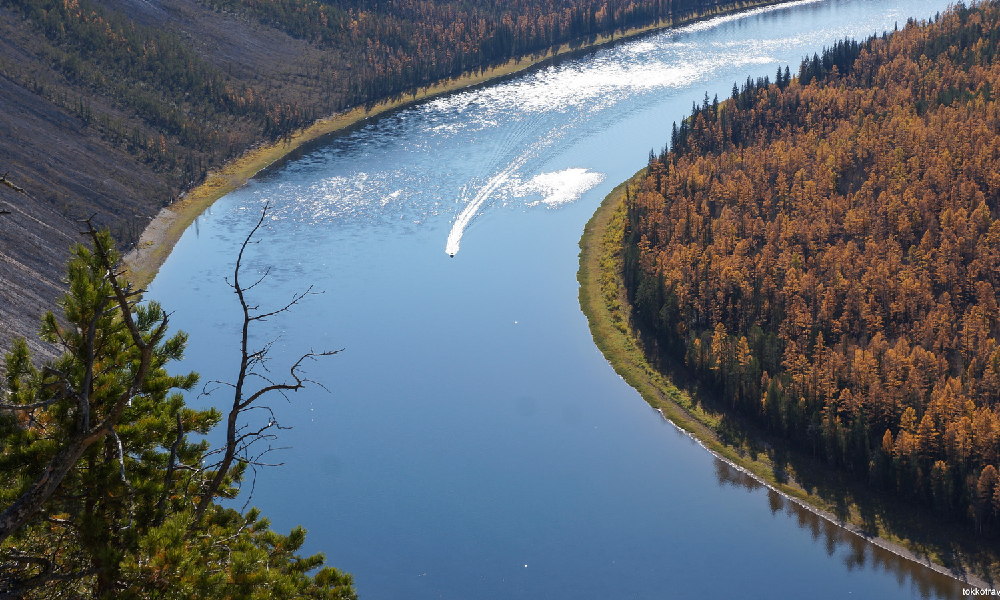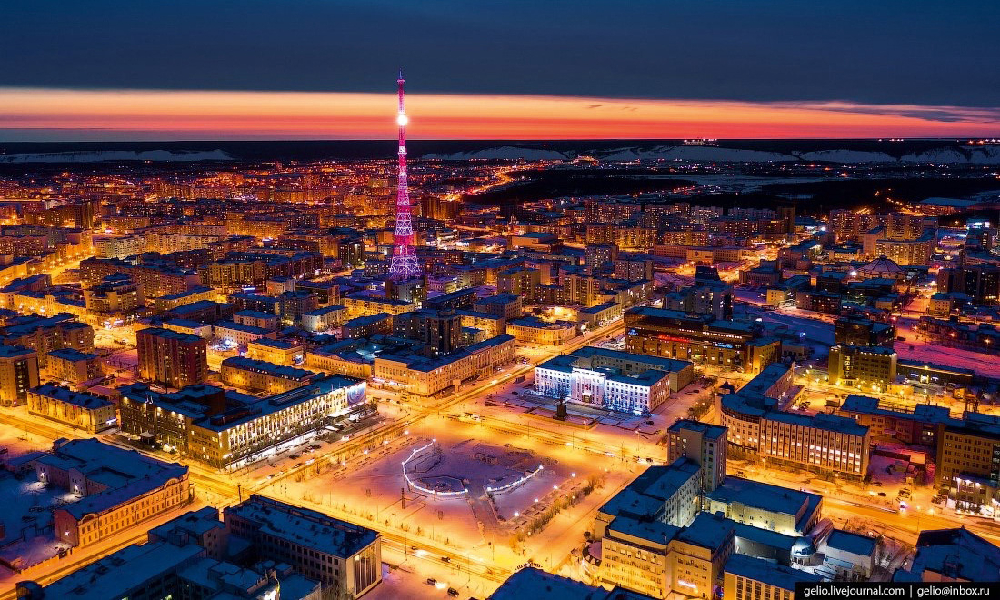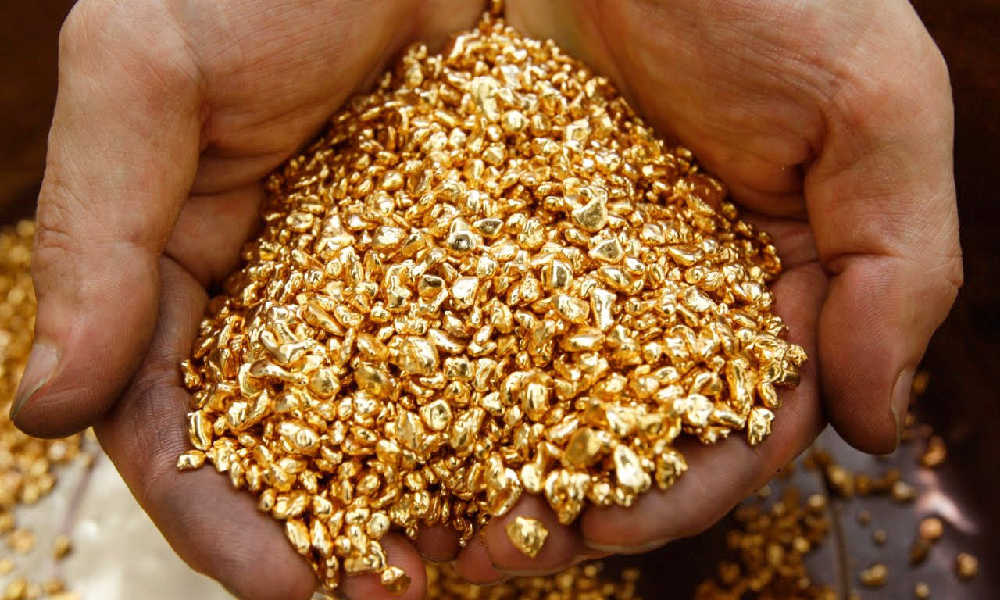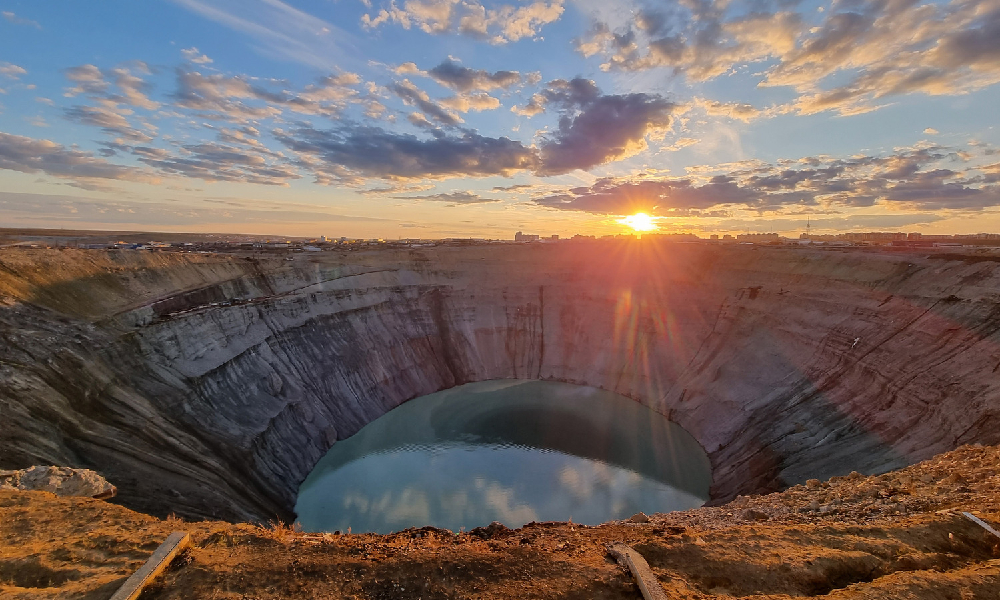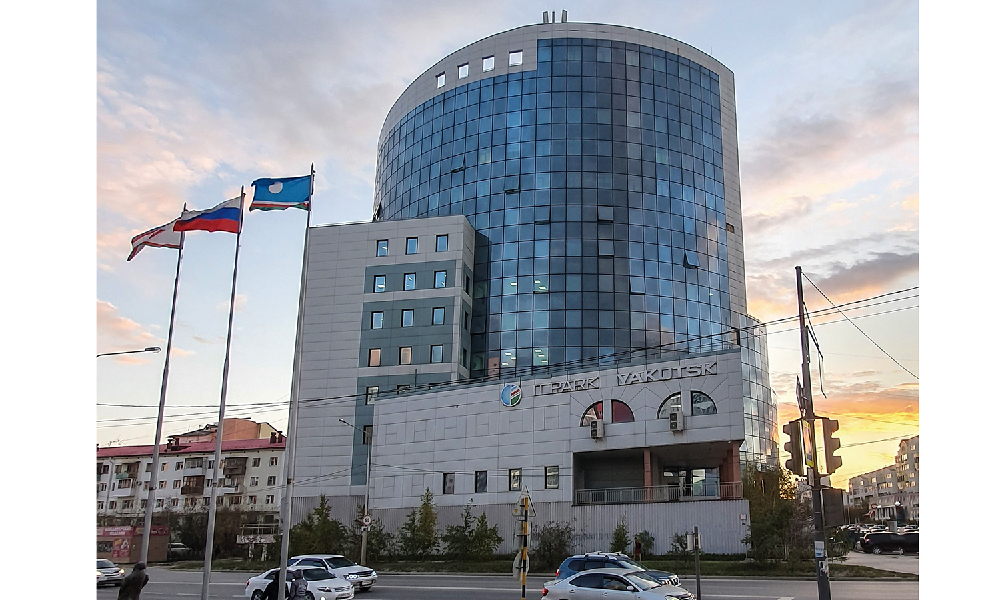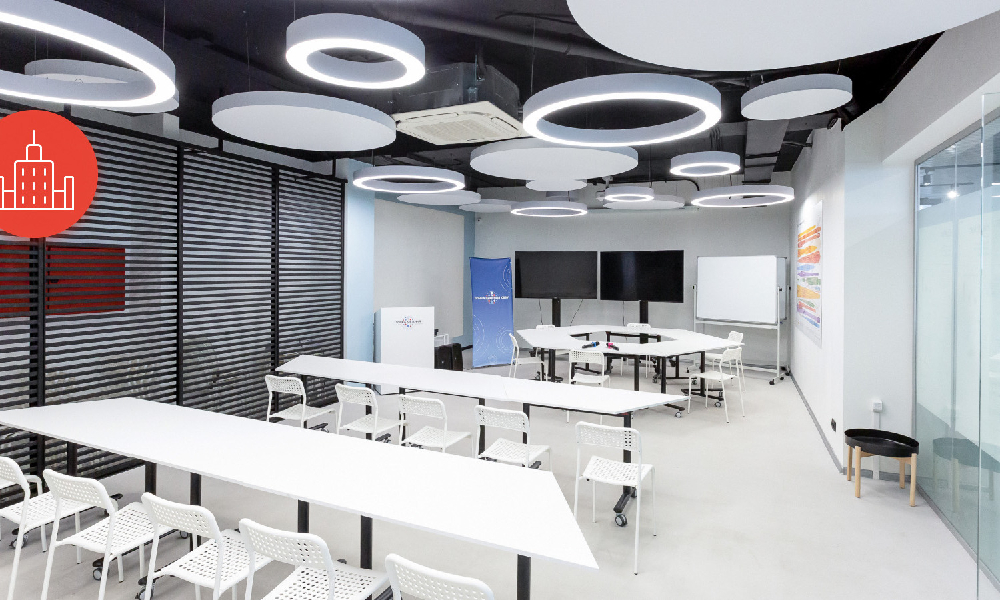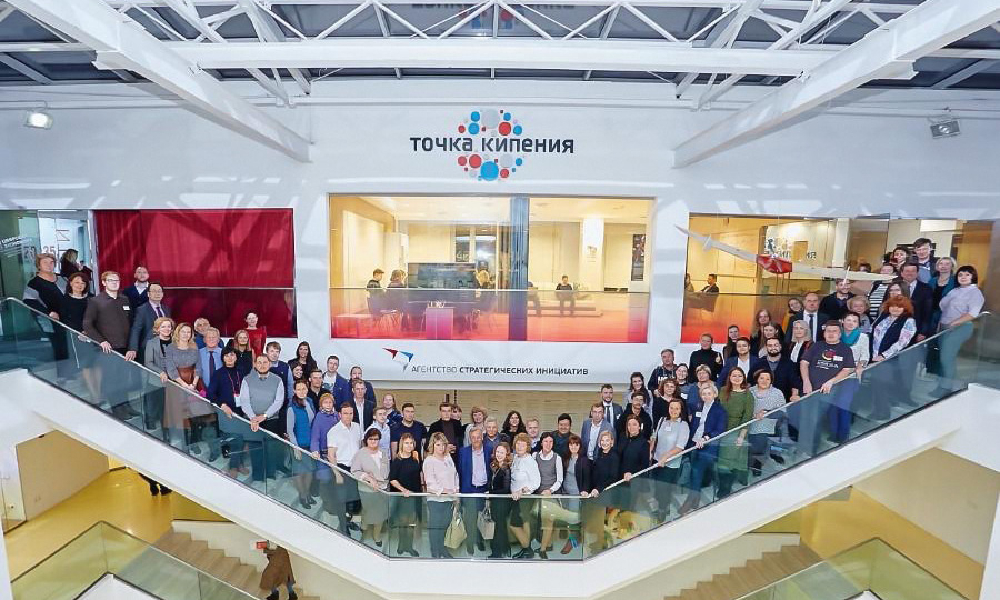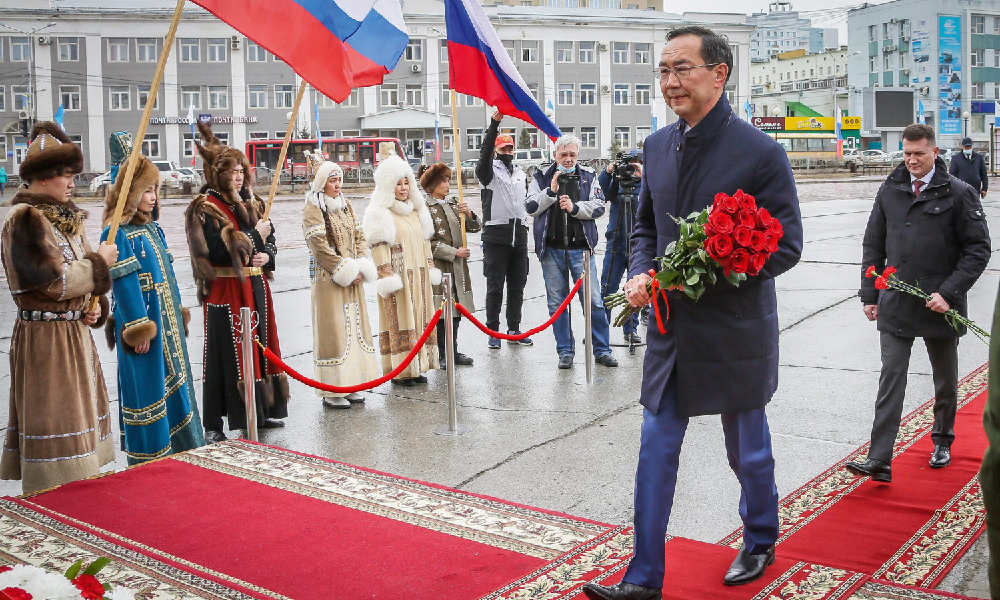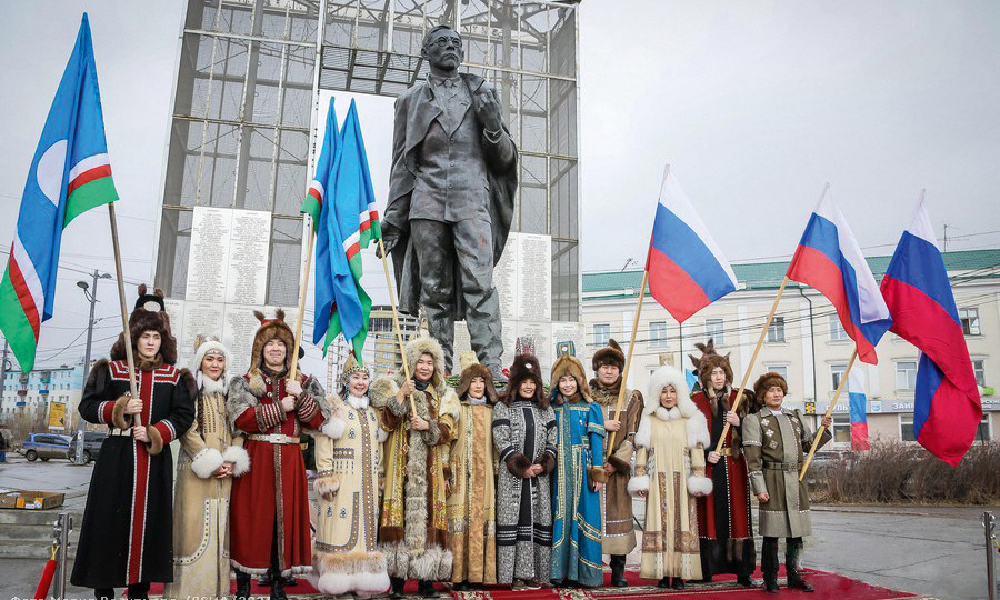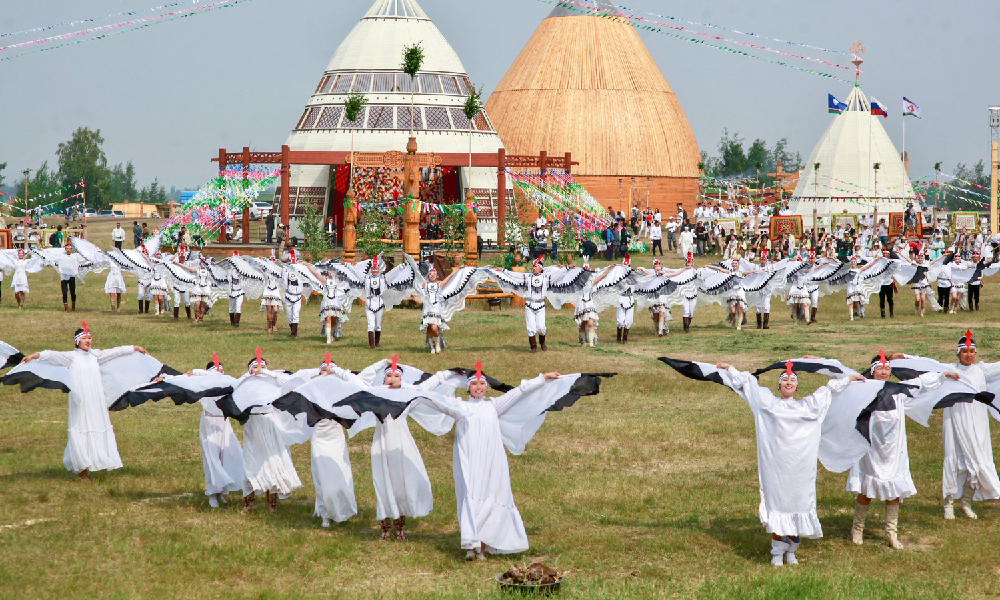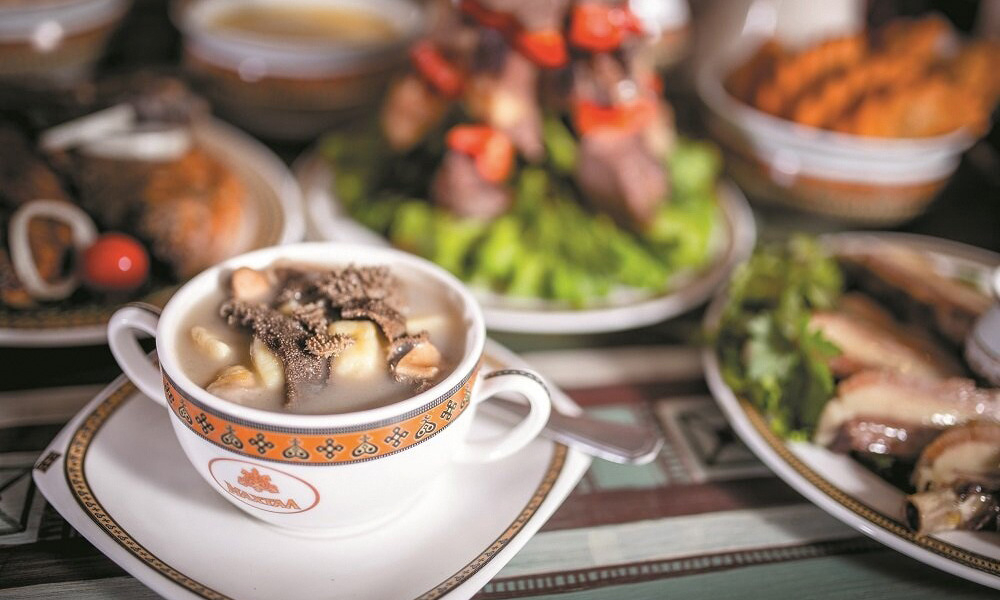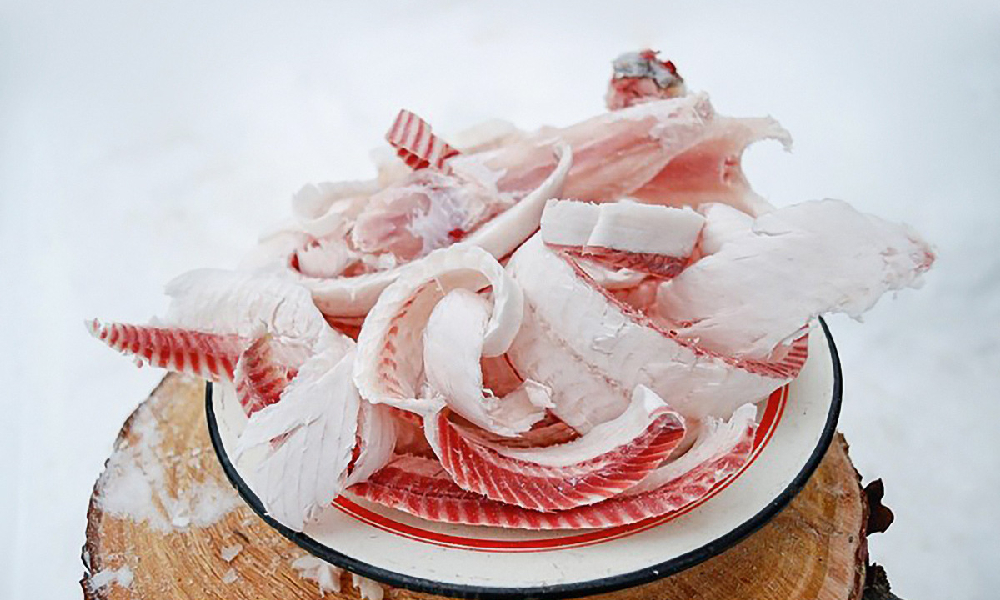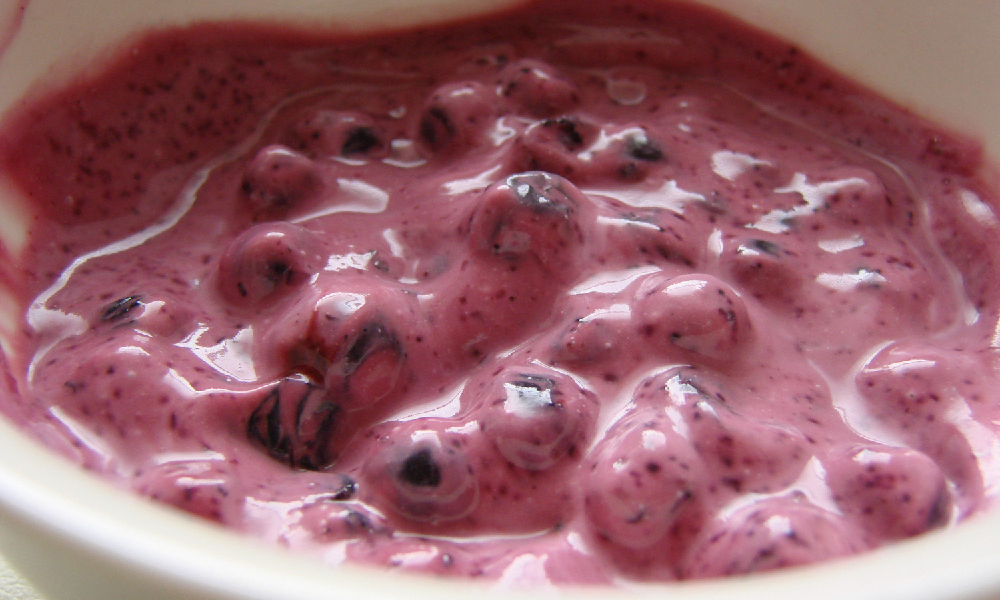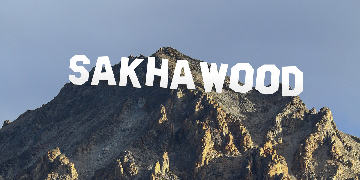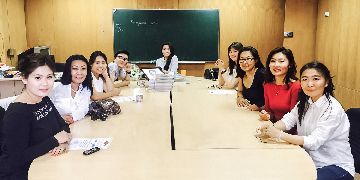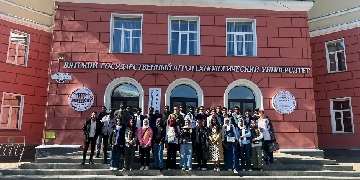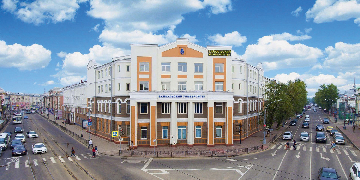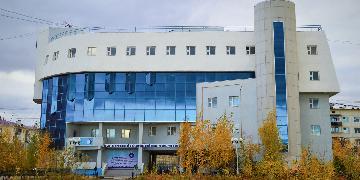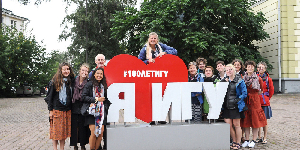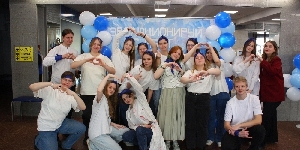Russia is the world’s largest state by area. This fact alone makes this country interesting to foreigners who once ask the question, “What is Russia like?” Dear friends, Russia is diverse, and its diversity is determined not only by its geography but also by its extraordinary ethnic makeup. In each issue, we tell you about interesting locations, sights, cities, and whole regions. Today we invite our readers on a journey to Yakutia.
Republic of Sakha (Yakutia)
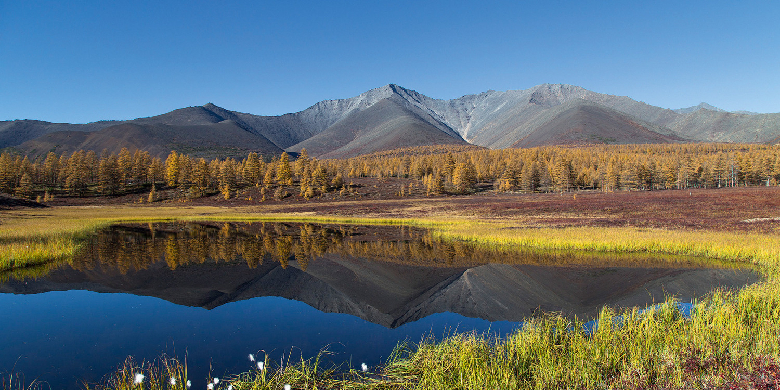
Geography
Without exaggeration, Yakutia is amazing. The vast territory in Northeast Siberia, which is bigger than Argentina, is bounded by the Laptev Sea and the East Siberian Sea to the north.
Yakutia is a land of astonishing contrasts: boundless tundras alternate with arctic deserts, spellbinding glaciers neighbor on thermal springs, mighty rivers alternate with mirrors of lakes, and ancient cliffs frame picturesque valleys. Here, in the very heart of Siberia, you can witness nature creating genuine art. In this region, snowy mountain peaks neighbor upon green forests, preserving the amazing diversity of flora and fauna, including rare and protected animal and plant species.
Yakutia is a place where pristine nature is barely impacted by human economic activities. This happened thanks to its geographical location in combination with the sparse population, rugged relief and severe climate. And yet, this is a region with extremely high industrial, educational and scientific potential, well-developed infrastructure, and a rich culture.
Yakutsk
Yakutsk, the capital of the Republic of Sakha (Yakutia), is the modern center of business and cultural life, attracting people by its unique atmosphere and prospects. Located on the banks of the Lena River, it embodies dynamic development and a harmonious combination of Siberian nature and northern urban planning in rather harsh weather conditions.
The city with an extremely interesting history and cultural heritage manifesting themselves in national traditions and crafts is not only a point on the map, but the place where the old is blended with the new, creating a rich and attractive environment for life, work and development. The city develops major technological centers and boasts an excellent business environment. The eventful and cultural life: events, festivals, concerts and theatrical performances vitalize Yakutsk, and its modern parks, shopping centers and sports facilities make it a comfortable place for life and entertainment.
The biggest city located in the permafrost zone has more than 350,000 residents and is constantly growing. More than 60% of the able-bodied population are employed in trade and service, which indicates the development of the sector and availability of a wide range of goods and services and makes Yakutsk livable.
Economy
The region’s economy is based on the mining and processing industry. Yakutia is rich in a wide variety of mineral raw materials. The proven reserves of diamonds, gold, uranium, stibium, iron ores, coal, tin, mercury, hydrocarbons, and rare-earth metals strike the imagination. 95% of the diamonds mined in Russia are of Yakut origin. Mineral wealth and industrial infrastructure make Yakutia attractive to investors. The Republic of Sakha is one of the country’s leaders in sustainable growth of industrial manufacturing. In 2022, 616.2 billion rubles were invested in the economy of Yakutia.
The transportation system includes highways and railways, water and air transport. Most freight traffic flows are accounted for by water transport on large rivers and the Northern Sea Route. In winter, when river navigation stops, the role of air transport increases significantly. There are 23 airports in the republic.
The introduction of modern technology solutions and innovations takes the region’s agriculture to the next level. The experience of successful crop farming, meat and dairy production and commercial business management in the permafrost zone is actively studied and supported at the country level. The greenhouse business volume is on the increase.
Expansion of infrastructure and transport links plays an important part in the economy of Yakutia. The implementation of major infrastructure projects, such as the railway bridge across the Lena River, promotes expansion of regional opportunities and boosts investment attractiveness.
Yakutia invests a lot in the development of education and science, which contributes to training of highly qualified specialists and innovation-driven growth in all sectors. The IT industry is rapidly developing– there is a whole constellation of successful companies developing software, services and applications, and games.
All these facts show that the economy of Yakutia is on the upswing. The region successfully combines its natural potential with modern innovations, creating a favorable environment for business, investment, and personal development.
National Identity
The Republic of Sakha (Yakutia) is a multinational region where the Yakut population predominates. This fact leaves its mark on cultural life, everyday life and leisure. Telling you about Yakutia, we could not pass by local cuisine, festivals, and cinema.
Besides Russian national festivals, Yakutia celebrates a whole range of ethnic festivals such as the Ysyakh, the Republic Day, Olonkho, the Day of the Arctic, the Day of Mother Language and Alphabet. Yakut traditional summer festival, the Ysyakh, is the most prominent festival among others.
The Ysyakh can be called the main ethnic holiday in Yakutia and the biggest cultural event in the republic. Festivals and celebrations are held in all population centers at the end of June, on the days of summer solstice. This bright festival combines long-standing traditions of the peoples of Central Asia, South Siberia, Turkic people of the Caucasus. During the days and nights of the Ysyakh, people set up festival bonfires, make a bloodless sacrifice in honor of the Aiyy deity, participate in fortune telling, play games, and dance.
Not a single festival can do without a feast. Yakut national cuisine can offer a lot of foods for gourmets. Yakut traditional cuisine includes meat, fish, dairy products, berries and herbs cooked in different ways. Harsh conditions in the region do not allow for growing fruit and most vegetables, so they are not used in the traditional cuisine. Besides, the use of all components of the raw product in the cooking process is a distinguishing feature of this cuisine. So, giblets, bones, cartilages, blood are used.
The most popular ethnic foods are:
- Khaan – delicate blood sausage made from beef or foal blood
- Oyogos – horse or colt meat (most often, brisket), served hot (roasted), frozen after boiling or raw, like stroganina
- Stroganina –frozen fish, foal meat or liver cut into thin slices and served with salt and black cracked pepper
- Is miine – gizzards soup with potatoes and vermicelli served with fresh spring onions
- Kyorchekh – national dessert made from heavy cream whipped with cowberry or cranberry
